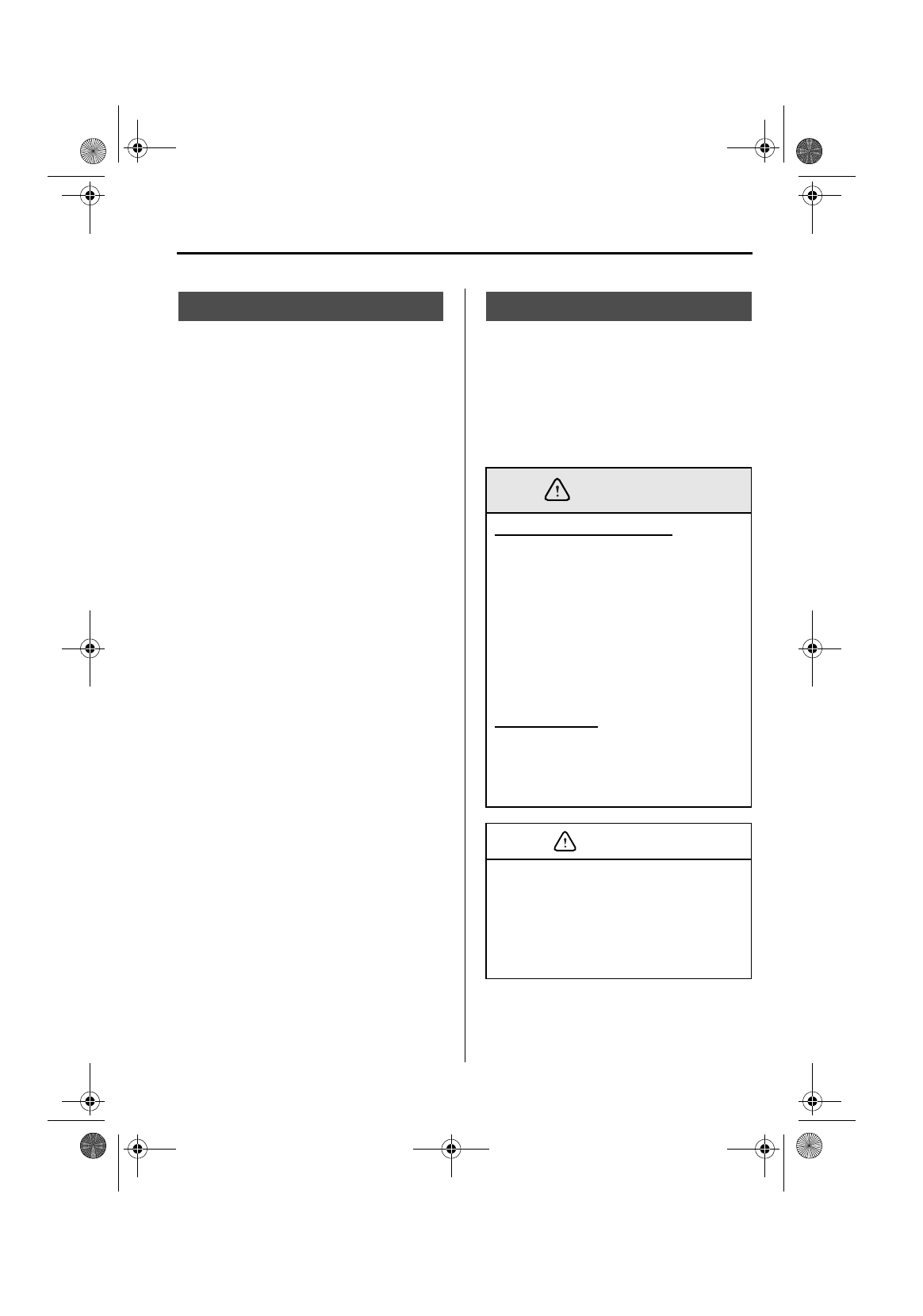
7-13
In Case of an Emergency
Form No. 8R09-EA-02G
Emergency Starting
If the engine fails to start, it may be
flooded (excessive fuel in the engine).
Follow this procedure:
1. Depress the accelerator all the way and
hold it there.
2. Turn the ignition switch to the START
position and hold it there—for up to 10
seconds. If the engine starts, release the
key and accelerator immediately
because the engine will suddenly rev
up.
3. If the engine fails to start, crank it
without using the accelerator—for up
to 10 seconds.
The battery is in the trunk.
Jump-starting is dangerous if done
incorrectly. So follow the procedure
carefully. If you feel unsure about jump-
starting, we strongly recommend that you
have a competent service technician do
the work.
Starting a Flooded Engine Jump-Starting
Battery-Related Explosion:
Flames and sparks near open battery
cells are dangerous. Hydrogen gas,
produced during normal battery
operation, could ignite and cause the
battery to explode. An exploding
battery can cause serious burns and
injuries. Keep all flames, including
cigarettes, and sparks away from
open battery cells.
Frozen Battery:
Jump-starting a frozen battery is
dangerous. It may rupture or explode,
causing serious injury.
Don’t jump-start a frozen battery .
Use only a 12 V booster system. You
can damage a 12 V starter, ignition
system, and other electrical parts
beyond repair with a 24 V power
supply (two 12 V batteries in series or
a 24 V motor generator set).
WARNING
CAUTION
J07R_8R09_EA_02G.book Page 13 Monday, July 1, 2002 11:30 AM


















